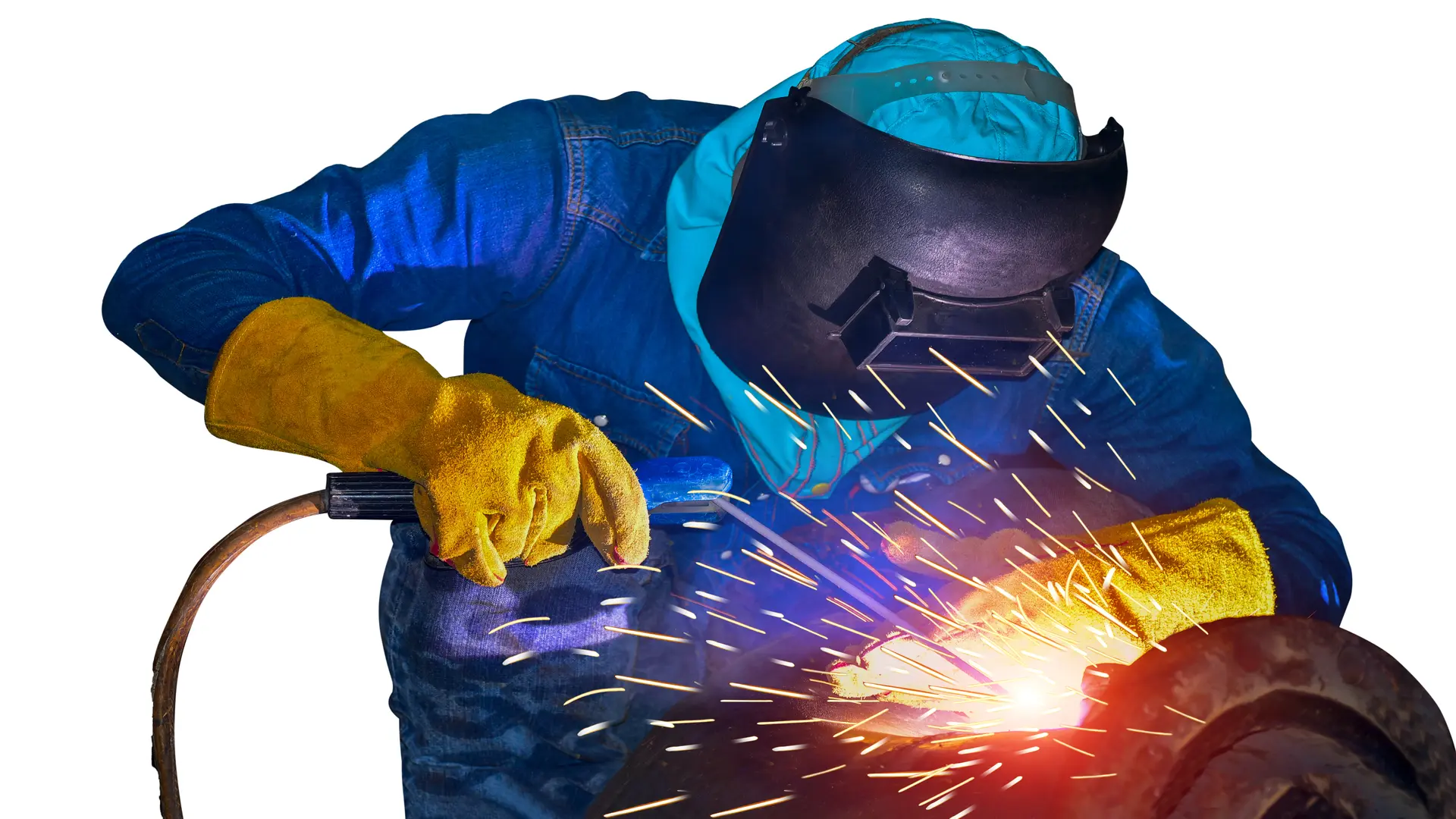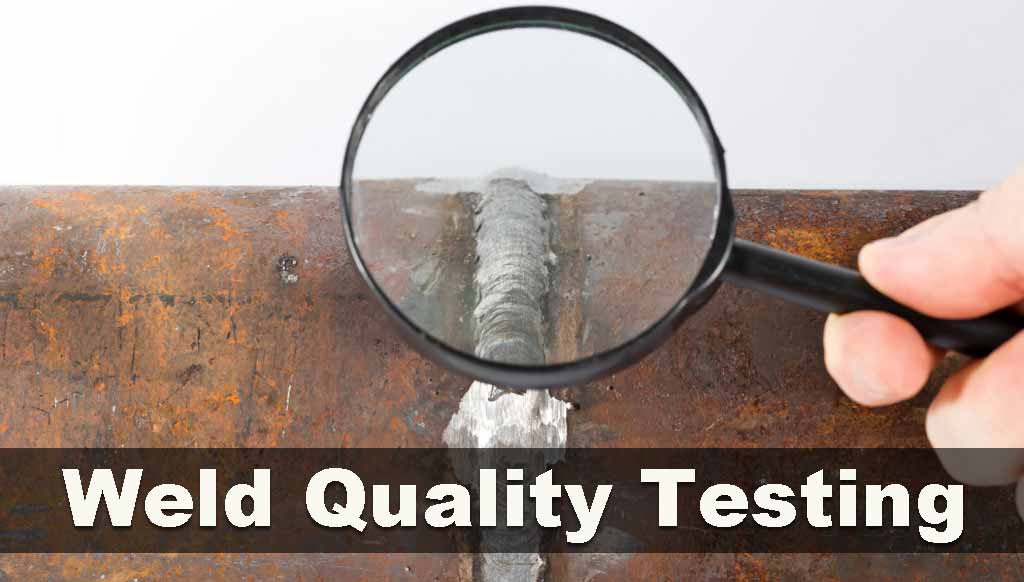The Ultimate Checklist for Welding Inspection Gilbert Arizona: Ensuring Safety and Precision
The Impact of Rigorous Welding Evaluation on Industry Standards: Supporting Safety, Dependability, and Conformity Throughout Various Sectors
The function of extensive welding assessment is significantly identified as an essential part in improving market standards, where reliability, compliance, and security take priority across varied fields. What makeovers might we expect in welding methods as the need for high quality and safety and security heightens?
Relevance of Welding Evaluations
Acknowledging the vital function of welding evaluations in preserving high quality and security standards, industry specialists focus on these analyses to make sure structural honesty. Welding assessments act as an important checkpoint in the fabrication procedure, determining flaws that might jeopardize the longevity and safety and security of welded frameworks. By methodically analyzing welds, inspectors can spot concerns such as incomplete infiltration, porosity, and cracks, which might not be noticeable to the naked eye.
The importance of these examinations prolongs beyond simple compliance; they are necessary for protecting lives and shielding financial investments. In essential markets such as manufacturing, aerospace, and building, a solitary faulty weld can bring about disastrous failures, leading to both financial loss and human casualties. Implementing extensive assessment methods mitigates these dangers and improves overall task dependability.
Moreover, regular welding evaluations foster a culture of high quality across organizations, motivating welders to abide by best techniques and maintain high standards in their job. This dedication to high quality not only improves functional effectiveness however also enhances the online reputation of firms within their corresponding fields. Therefore, welding inspections are essential in promoting safety, reliability, and conformity throughout various industries.
Key Market Standards and Rules
The structure of welding evaluations is underpinned by a durable set of sector standards and laws that govern techniques across various sectors. Key organizations, such as the American Welding Society (AWS) and the International Organization for Standardization (ISO), establish standards that make sure top quality and security in welding procedures. For instance, AWS D1.1 details crucial demands for welding steel structures, while ISO 3834 specifies high quality demands for blend welding.
In addition to these particular requirements, sector laws like the American National Standards Institute (ANSI) and Occupational Security and Health And Wellness Management (OSHA) requireds further boost conformity by establishing security protocols and functional finest methods. These laws are vital in sectors such as aerospace, construction, and manufacturing, where welding stability is paramount.
Additionally, sector-specific criteria, such as those from the American Culture of Mechanical Designers (ASME) for pressure vessels, give added layers of examination to make sure that welds satisfy strict safety and efficiency requirements. Adherence to these standards not just promotes regulative compliance but additionally cultivates a society of quality and dependability across the welding sector, inevitably securing public welfare and boosting operational efficiency.

Benefits of Compliance and Integrity
Constantly adhering to sector requirements and regulations in welding examinations yields significant benefits, enhancing overall integrity and efficiency. The primary advantage is the guarantee of top quality in bonded joints, which straight contributes to the safety and security of frameworks and equipment. Conformity with recognized criteria reduces the threat of failure and catastrophic occurrences, thus shielding both human life and useful properties.
Moreover, organizations that focus on strenuous welding examinations foster a culture of liability and professionalism. This dedication not only boosts the credibility of the business but additionally imparts self-confidence in customers and stakeholders regarding the honesty of items and solutions. Dependable welding processes result in lowered costs related to rework, repair services, and possible lawful obligations coming from below average craftsmanship.
Additionally, keeping conformity with market standards promotes smoother governing interactions, as organizations can conveniently show adherence to necessary protocols (Welding Inspection Gilbert Arizona). This proactive technique can lead to beneficial collaborations and opportunities within the market, as well as accessibility to new markets
Obstacles in Welding Examination
Browsing the complexities of welding examination provides a myriad of obstacles that can prevent conformity with sector standards. The absence of standardized training for examiners can result in varied analyses of inspection requirements, which may jeopardize safety and security and reliability.
An additional challenge exists in the access of sophisticated assessment devices - Welding Inspection Gilbert Arizona. While innovations such as ultrasonic testing and radiography can boost detection capacities, their implementation might be limited by price or availability, especially in smaller sized operations. This difference can bring about a reliance on less efficient examination methods, boosting the threat of his response unnoticed flaws
Furthermore, the hectic nature of modern-day manufacturing commonly stress examiners to focus on rate over thoroughness, possibly ignoring crucial defects. Regulatory conformity can be intimidating due to the evolving nature of market criteria, leaving organizations having a hard time to keep up with the most current needs. These obstacles require continual enhancement in examination methods to helpful resources make sure the stability of welded structures across various fields.
Future Trends in Welding Practices
Arising technologies and progressing methods are readied to transform welding methods in the coming years. Innovations in automation, such as robotic welding systems, are getting traction, enhancing accuracy and efficiency while lessening human mistake. These systems will not just quicken production but likewise promote consistent quality control, dealing with a few of the obstacles faced in manual welding.
Furthermore, the combination of expert system (AI) and maker knowing right into welding processes is positioned to reinvent evaluation and monitoring. Real-time data analytics will make it possible for anticipating upkeep, enabling positive interventions that lower downtime and increase safety and security. Boosted fact (AR) and online reality (VR) modern technologies are coming to be critical in training welders, providing immersive experiences that boost skill advancement without the dangers linked with traditional approaches.
Sustainability is likewise an essential fad, as sectors look for greener techniques. The adoption of green materials and methods, alongside energy-efficient equipment, will likely end up being basic. As industries adjust to these changes, the focus will shift towards better compliance with safety and ecological policies, making sure that welding methods not only satisfy existing criteria however also lead the way for a safer and even more lasting future.

Final Thought
In conclusion, extensive welding inspections dramatically boost market criteria by making sure security, reliability, and compliance across different fields. By methodically identifying issues and sticking to established standards, these inspections alleviate dangers linked with structural failures. The promotion of accountability amongst welders leads to higher high quality results, promoting trust fund within neighborhoods. As industries remain to prioritize operational honesty, the relevance of detailed inspections will only boost, ultimately benefiting organizations and society at large.
The role of extensive welding examination is progressively recognized as a vital part in improving market criteria, where visit homepage conformity, dependability, and safety take precedence throughout varied sectors. Hence, welding evaluations are vital in advertising safety and security, reliability, and compliance throughout various sectors.
Key institutions, such as the American Welding Culture (AWS) and the International Company for Standardization (ISO), develop standards that make certain top quality and security in welding procedures. AWS D1.1 describes necessary demands for welding steel frameworks, while ISO 3834 specifies quality needs for combination welding.
In conclusion, extensive welding evaluations dramatically boost industry criteria by making certain safety, dependability, and conformity throughout different sectors.